Delhi : Dilip K. Chakrabarti prepared this a summary of the talk by given by him at Lala Diwan Chand Trust in Delhi and sponsored by the Centre for Policy Studies and the Diwan Chand Institute of National Affairs. Dr. Chakrabarti is Emeritus professor of South Asian Archaeology, Cambridge University, and Dean, Historical and Civilizational Centre, Vivekananda International Foundation, Delhi.
A number of points regarding the present state of ancient Indian historical studies deserve consideration. Out of the few hundred universities and university-level institutions, only a few offer courses on ancient India. Even among this handful of institutions, the places where the subject is taught with some kind of competence and expertise are very few. Why is the study of ancient India in modern Indian educational system so limited and so poor ? The answer is rather unpleasant: we Indians are not seriously interested professionally in our ancient past; there is no prestige in its study and at the end no job. More unpleasantly, there is also some hostility from the vested interest groups of historians of “modern India.”
 To give only two examples :
To give only two examples :
1. Nalanda International University, in which the Ministry of External Affairs is directly involved, is known to have recently filled the posts in its “school of historical studies.” The selected professor/dean is an anthropologist with specialization in Rajasthani folk literature. The academic credibility of another professor recruited to this school seems to be his knowledge of the Korean language. He has done some translation work but his research credentials in history are not at all clear. A third person recruited on a junior level seems to have done primarily de-construction work so far; detailed empirical research does not seem to have played any major role in his research record. Although the other recruits have something to do with history, none of them has anything to do with ancient India.
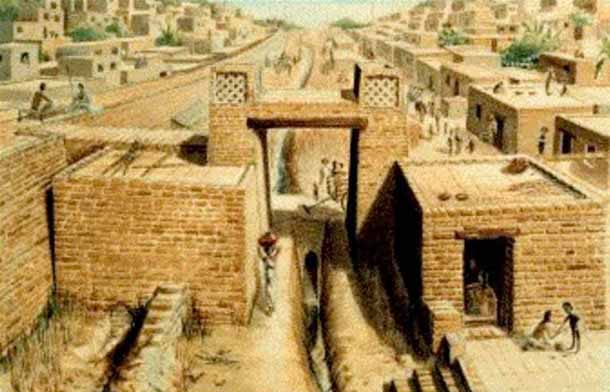 2. Secondly, Presidency College University in Kolkata does not have any ancient Indian historian among the people recently recruited for its Department of History. For the last 50 years at least, historians of the West Bengal universities have shown profound contempt for ancient India. This has taken different forms, one of which is that the MAs in Ancient Indian History and Culture, and Archaeology are usually not recruited for history teaching in the undergraduate colleges of the state.
2. Secondly, Presidency College University in Kolkata does not have any ancient Indian historian among the people recently recruited for its Department of History. For the last 50 years at least, historians of the West Bengal universities have shown profound contempt for ancient India. This has taken different forms, one of which is that the MAs in Ancient Indian History and Culture, and Archaeology are usually not recruited for history teaching in the undergraduate colleges of the state.
The third point is that “Hindu-baiting” is also a feature of many of the current studies on ancient India. Upinder Singh, a Delhi university historian, criticizes R.C. Majumdar by saying that he equated ancient India to Hinduism. She forgets that Buddhism and Jainism, two other visible religions of ancient India, were offshoots of Hinduism and that historians like R.C. Dutt had no hesitation to equate ancient India to Hindu civilization. When it comes to the study of the religion of the Indus civilization, a good number of Indian and foreign scholars are rather disturbed by the mention of Hinduism in that context. Hindu-baiting is also manifest in the way the status of Hinduism as a religion has been denied by various scholars. Their idea is that if the census operators of British India had categorized people not as Hindus but as adherents of Siva, Vishnu and others, Hinduism would not have emerged as the majority religion of India.. It would have emerged as an agglomeration of different sectarian groups. Western scholars have consistently argued this ignoring the overarching principle of unity that one finds in the Upanishads and they have been joined by Indian scholars like Romila Thapar.
The fourth point is that there is very little sense of nationalism among the Indian ancient historians and archaeologists of the post-Independence generation. The situation has deteriorated so much that any claim of high antiquity for anything Indian is viewed with suspicion. It is this almost endemic attitude which prevented people from looking at Indian history in proper historical perspective. H. D. Sankalia’s influence on Indian archaeology has been enormous — he was a kind of archaeological guru in the Deccan College, Pune, but according to him the sun of civilization for India lay always in the West. This is a bizarre opinion, but it is this attitude which still persists in the institute where he spent many years.
The fifth point is that most of the teachers and students of ancient India feel no affinity with the history and culture of the period because they do not have much clue to the language in which the ethos of the period manifested itself. There was a time when Sanskrit was more or less compulsory in Indian schools. As most of the Indian languages are rooted in different forms in Sanskrit, the sense of alienation between the past and the present was much less. A Bengali of my generation could fall in love with the Sanskrit-inspired passages of Ishwar Chandra Vidyasagar and Bankim Chandra Chattopadhyay, among others. Not many Bengalis of the modern generation can read them in original. I consider that a calamity for Bengali culture but we cannot do anything about it unless the study of Sanskrit is made mandatory in schools.
Source : Hinduism Today

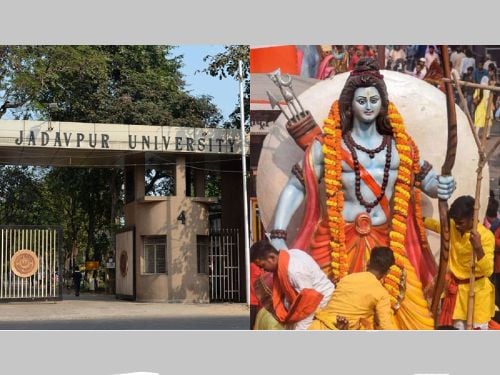 Jadavpur Univ revokes permission to celebrate Ram Navami on campus after granting it
Jadavpur Univ revokes permission to celebrate Ram Navami on campus after granting it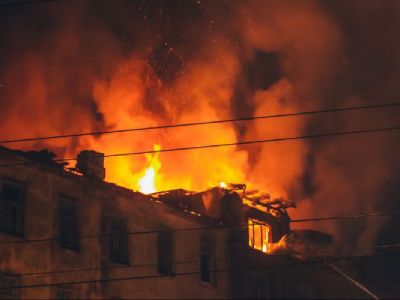 Andhra Pradesh: Farooq kills mentally challenged Hindu man for insurance money
Andhra Pradesh: Farooq kills mentally challenged Hindu man for insurance money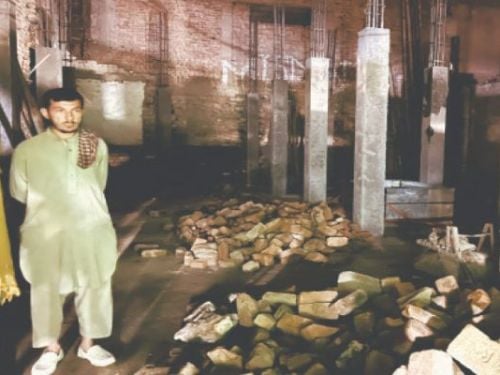 Pakistan: Ancient Hindu temple in Khyber Pakhtunkhwa demolished for commercial complex
Pakistan: Ancient Hindu temple in Khyber Pakhtunkhwa demolished for commercial complex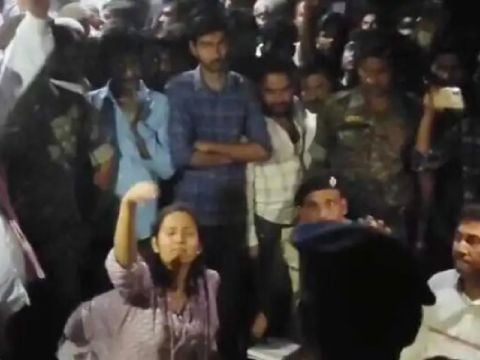 Bihar: Goddess Bhagavati Temple in Araria vandalised and deities damaged
Bihar: Goddess Bhagavati Temple in Araria vandalised and deities damaged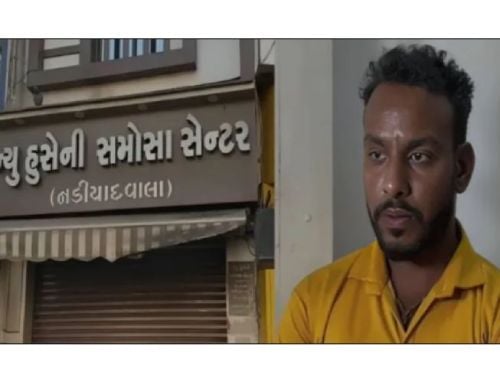 Vadodara: Beef supplier Imran Qureshi arrested in beef-stuffed samosa case
Vadodara: Beef supplier Imran Qureshi arrested in beef-stuffed samosa case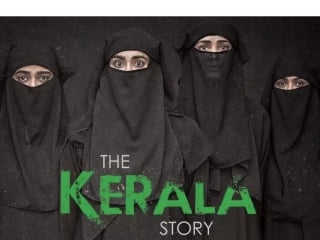 After Idukki diocese, Syro Malabar Catholic Church’s Thamarassery diocese screens ‘The Kerala Story’
After Idukki diocese, Syro Malabar Catholic Church’s Thamarassery diocese screens ‘The Kerala Story’